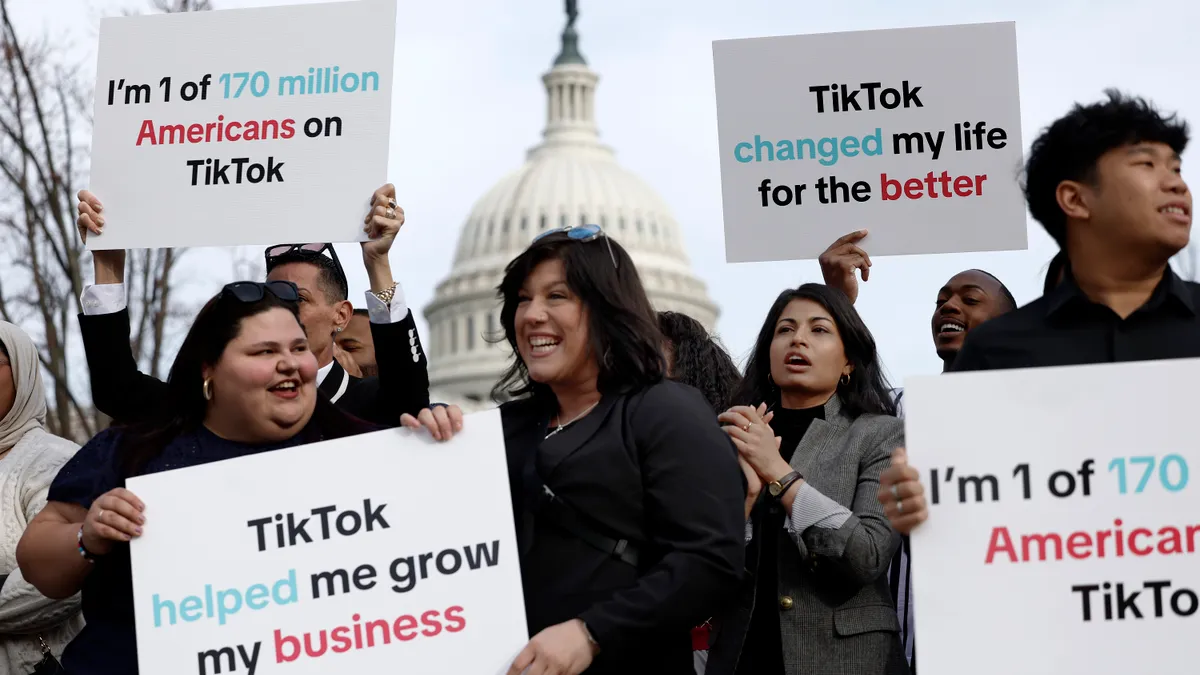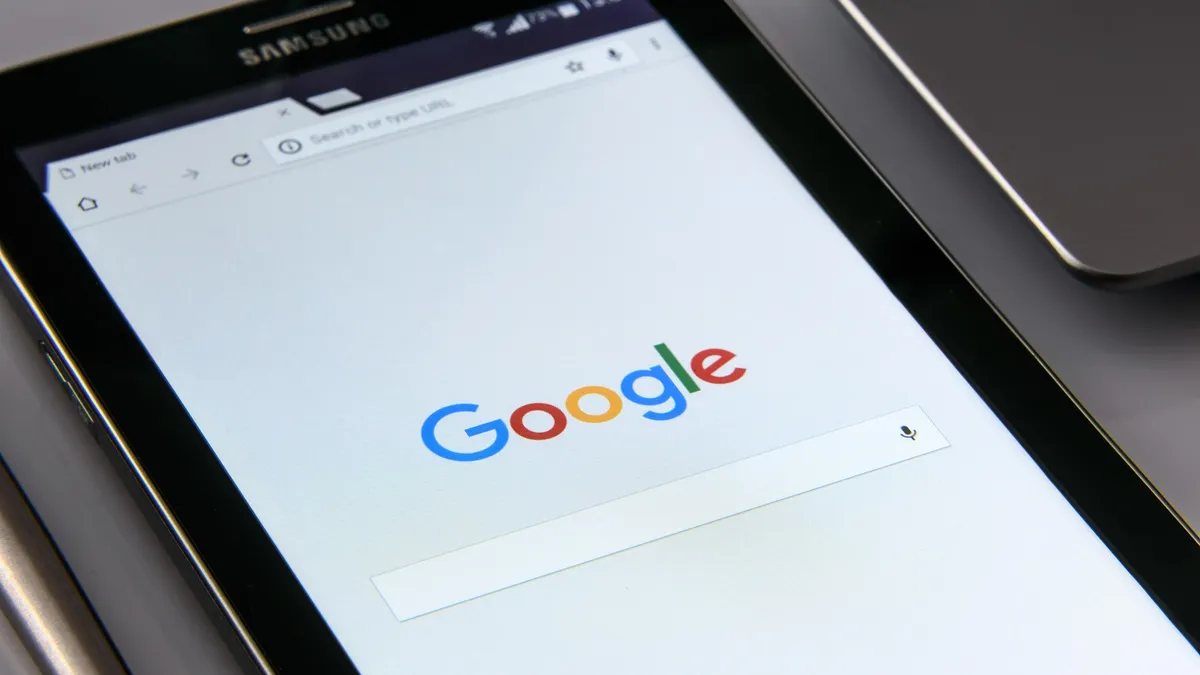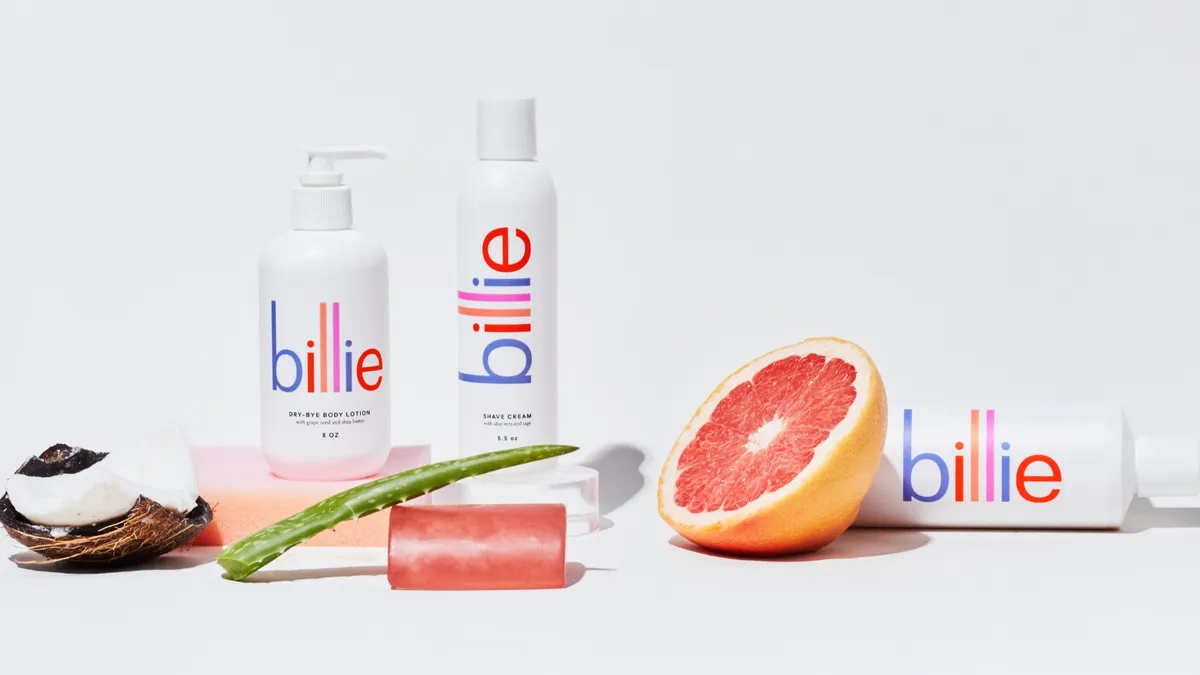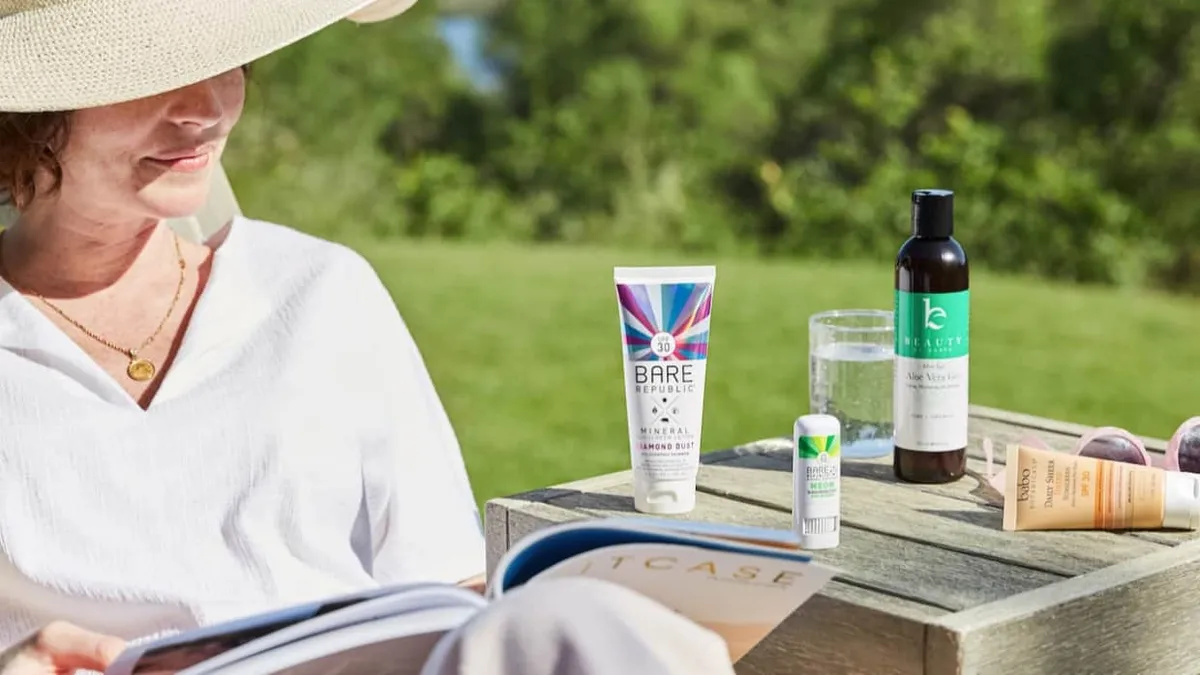Editor's Note: The following is a guest post from Michael Farmer, the author of "Madison Avenue Manslaughter: An Inside View of Fee-Cutting Clients, Profit-Hungry Owners and Declining Ad Agencies," a consultant and a professor of branding and integrated communications at The City College of New York.
Just recently, Honda withdrew its $500 million media-buying account from Mediavest Spark — a move occasioned by a number of irregularities in how its account was handled. Among other breaches, money Honda had allocated for bonuses didn't reach the people for whom it was intended; the car giant also found it had been overcharged for man-hours received.
Analogously, in mid-2016, Toyota complained that Dentsu, its media and creative agency in Japan, had been overcharging for media services. Dentsu, investigating its own practices, uncovered more than 633 cases of overcharging involving 111 of its clients.
In the shadow of these debacles and others, it's no wonder that brands have lost their trust in ad and media agencies. Is there any way they can get it back? Let’s look at the history of the trust breach.
The media world experienced a version of 2015 Trumpist invective when Jon Mandel, former CEO of Mediacom, launched a blistering attack on media agencies: "Rebates, 'kickbacks' and other incentives for agencies are happening virtually everywhere in the U.S. media landscape, including TV," he said. He detailed a long list of questionable practices. There was nothing subtle about the attack. Mandel came right out and accused media agencies of dishonesty, if not outright theft.
The official response
Back in April 2015, the two most powerful ad industry groups — 4As and the Association of National Advertisers (ANA) — announced that they were taking decisive action to address concerns about media transparency. Bringing together industry leaders from the marketing and agency communities, the two parties — the accuser and the accused — established a task force to "identify material issues and to address them with constructive dialogue and pragmatic courses of action."
The task force began its deliberations in mid-2015 and one goal, among many, involved developing a set of guidelines and best practices to create transparency in media planning and buying. The ANA hoped that guidelines and best practices would provide a basis for creating standardized contract language that could be used uniformly by advertisers and agencies alike.
The 4As, on the other hand, had no interest in handcuffing its member agencies in this way, seeking instead to protect agency freedom to negotiate client contracts in individual and ad hoc ways. From afar, the Joint Task Force looked like it would have about as much success as a save-the-marriage therapy session involving a serially adulterous spouse who claims he doesn't want to admit to adultery.
Though the two parties claimed to be seeking common ground, they were really acting independently on behalf of their respective members. The working relationship was not helped by ANA's separate decision, in October 2015, to hire two investigative companies — K2 Intelligence and Ebiquity/FirmDecision — to conduct an outside investigation into industry transparency issues, including rebate allegations. 4As refused to be involved with these investigations. Knowing where they might eventually lead, and unhappy with ANA's goal of developing uniform contract language, 4As took early unilateral action at the end of January 2016, publishing its own media transparency guidelines independently of the Joint Task Force.
"The most important thing here is that agencies have [already] been operating under a code of transparency with clients, and now we’re making it public," said Nancy Hill, president and CEO of the 4As.
ANA, angry about the 4As' pre-emptive guidelines release, was quick to respond. "4As guidelines are premature and continued attention is needed to address lack of industry transparency that the ANA has highlighted for the last four years. Unfortunately, the guiding principles issued by the 4As fail to fully or adequately reflect the best interests of marketers," said ANA CEO Bob Liodice.
So much for the joint efforts to increase trust — even within the ad world. The industry was back to square one, with K2 Intelligence and Ebiquity/FirmDecision yet to complete investigations and publish their report on rebates and kickbacks within the industry. The 62-page investigative K2-Ebiquity/Firm Decisions report was published on June 7, 2016. It was an atom bomb, confirming Jon Mandel's accusations.
Where has this left the industry?
The conflagration of the Honda and Toyota pullouts, the rebate and kickback scandal as charged by Jon Mandel and documented by K2, the unresolved conflicts between ANA and 4As and the mounting evidence of overcharging and metric mismeasurement leave the industry more tattered, and less trusted, than ever before. The ANA and 4As are further apart than they were before the crisis erupted.
Not surprisingly, ad industry morale is down. Campaign US, which has surveyed morale for the past two years, reports that morale declined by 36% from 2015 to 2016. Nearly half of industry employees now say that they suffer from low morale. Almost two-thirds of respondents with low morale said they were actively job hunting. "Poor leadership" was cited as a major cause of job dissatisfaction and low morale. More than half of those with low morale rated the leadership at their company as "inadequate."
Could better leaders begin to build back the trust of brands? They'd better start now — there's no time like the present for some much-needed mea culpa. 4As has recently named a new head, Marla Kaplowitz, on the agenda to speak at the ANA Advertising Financial Management Conference on May 24. The ANA head was heard to say that she has her work cut out for her; and, meanwhile, has called for seven of the world's largest digital advertising platforms to open themselves to independent audits of ad campaigns.
Perhaps if the ANA and 4A's can re-establish trust between themselves, that would kickstart the broader repair work that needs to get done between brands and their agencies.

















